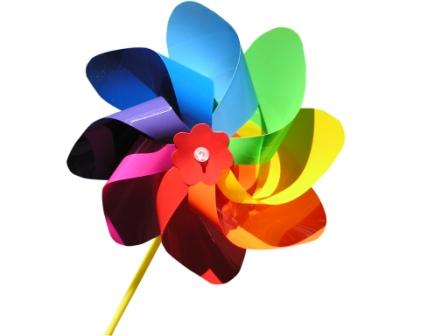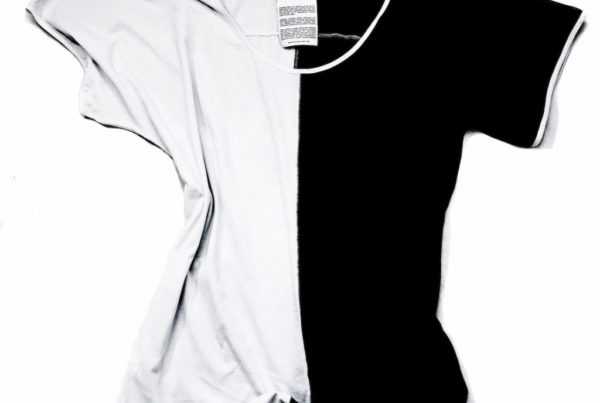Buoyancy seems like a simple concept, but to fully understand it on a scientific level can be a challenge for students. Introduce the concept to your younger elementary kids in a fun way while playing in the pool this summer!
Buoyancy is based on Archimedes’ Principle that states, “Any object, wholly or partially immersed in a fluid, is buoyed up by a force equal to the weight of the fluid displaced by the object.” Very confusing language for kids! Here’s how to explain Archimedes in their language . . .
When you get in the pool, your body shoves some water out of the way to make room for you. Let’s say you could collect all the water your body moved out of the way and weigh it. Now, pretend that you lie down on the ground and have someone put all that water on top of you. You would feel the water pushing down on your body, right? That push you feel is a force. So, when you get in the swimming pool, the water you move out of the way starts pushing back. But instead of it pushing down on you, it pushes up trying to push you back out of the water. That force of the water trying to push you back out of the pool is called buoyancy!
Relate Archimedes’ Principle to what your child “feels” while in the pool. You feel lighter in water than you do out of the water because the water is actually pushing up on you . . . holding you up a bit!
If your child is able to understand the basics of Archimedes’ Principle, go a step further with the concept. If the weight of the water displaced is more than the weight of the object, the object will float. If the weight of the water displaced is less than the weight of the object, the object will sink. Ask them to explain why they sink in the water (when they don’t swim), but float when they lay on a float.
Finally, if your child swims well enough to “dive” for objects underwater, introduce a challenge. It’s them against the water! When they try to go underwater to get a object at the bottom of the pool, the water is trying to push them back up. The challenge? Who is stronger, you or the water? 🙂




